Astrophytum caput-medusae, often referred to as the Medusa’s Head, is a captivating species in the cactus family that intrigues both amateur and seasoned collectors. Its unique morphology—characterized by multiple, snake-like arms—creates a striking appearance that draws the eye and sparks conversation. This article dissects the essential aspects of caring for this rare cactus, emphasizing the nuances that will allow it to thrive in home environments while maintaining its distinct allure.
The aesthetic appeal of Astrophytum caput-medusae is undeniable. Its verdant green body, topped by long, sinuous arms, resembles a mythical creature from ancient lore. Each arm twists and turns, adding dynamic movement to an otherwise static plant. This shape not only contributes to its visual intrigue but also serves functional purposes that can affect care and cultivation. Understanding its peculiarities is vital for both health and longevity.
Care for Astrophytum caput-medusae is multifaceted, requiring attention to humidity, soil composition, watering practices, and lighting. Each of these factors plays a crucial role in preserving the plant’s enchanting form. Ignoring even one aspect can result in a decline in health, thereby detracting from its mesmerizing presence. The following sections delve into the distinct requirements needed to nurture this remarkable succulent.
The environment in which Astrophytum caput-medusae thrives is largely dependent on its native habitat. Originating from the dry plains of Mexico, this cactus flourishes in arid conditions where excess moisture is particularly detrimental. To create a similar climate at home, consider the following care tips:
Indispensable Habitat: Creating the Perfect Sanctuary
An optimal sanctuary for your Medusa’s Head cactus involves simulating its native environment. Begin by selecting a well-draining soil mix—preferably one designed for cacti and succulents. A mixture of sand, perlite, and regular potting soil works well, as it ensures adequate drainage while providing necessary nutrients.
Furthermore, choose a pot that features drainage holes to prevent waterlogging, which can lead to root rot. An unglazed terracotta pot is an excellent choice; it absorbs excess moisture and enhances evaporative cooling, mimicking the conditions of the desert.
Humidity levels should be kept decidedly low to mimic the surrounding aridity of its native region. Aim to maintain humidity levels below 30%. If your environment tends to be humid, utilize dehumidifiers, or position your cactus in a location with excellent airflow.
Optimal Lighting Conditions: Sunlight as a Vital Ingredient
Astrophytum caput-medusae thrives in bright, indirect sunlight. Ideally, it should bask in sunlight for at least six hours daily. However, direct exposure to intense afternoon sun can lead to sunburn. Therefore, instead of placing it in full sunlight, filter the light using sheer curtains or situating it in a shaded area with dappled sunlight.
It’s worth noting that while adequate light is crucial, a gradual acclimatization process may be necessary for indoor specimens transitioning from lower light conditions. Begin by exposing the cactus to an hour of direct sunlight each day, incrementally increasing the duration to prevent shock.
Watering Wisdom: The Delicate Art of Hydration
Watering requirements for Astrophytum caput-medusae are perhaps the most critical aspect of its care regimen. These cacti prefer to dry out completely between watering sessions. During the growing season, typically from spring to late summer, the plant can be watered every two to three weeks, depending on environmental factors such as temperature and humidity.
During the dormant winter months, watering should be significantly reduced, perhaps to once a month or less. Signs of overwatering include yellowing arms and a mushy texture, whereas underwatering might manifest as shriveled arms. It’s essential to become familiar with the plant’s specific indicators to strike a balance.
Always water directly at the base of the plant, avoiding the arms and the crown of the cactus to minimize the risk of rot. Using distilled or rainwater is recommended, as tap water may contain chemicals that could be detrimental to the plant.
Fertility to Prosperity: Nourishment for Unique Growth
While Astrophytum caput-medusae does not require excessive fertilization, providing it with adequate nourishment during the growing season can enhance growth and vibrancy. Utilize a diluted, balanced fertilizer designed for cacti—typically one part per month during the spring and summer months.
The nutritional needs of this cactus vary based on factors such as size and age. Younger plants may benefit from a more frequent feeding schedule, whereas mature specimens require less intervention. Be cautious, as over-fertilization can lead to detrimental effects, such as leggy growth or discoloration.
Additionally, rooting problems can arise if the plant is continually stressed through inadequate nutrition. Observe your cactus’s growth pattern and adjust your fertilization schedule as needed.
An intriguing aspect of Astrophytum caput-medusae is its flowering capability, which is a rarity among cacti. When conditions are just right, typically after being sufficiently stressed through drought or pot confinement, stunning yellow flowers may emerge from the crown of the cactus. This magnificent display captivates observers and further solidifies the plant’s aesthetic significance.
The Dance of Seasons: Understanding Dormancy
Every astute cactus enthusiast knows the importance of respecting dormancy. Astrophytum caput-medusae enters a dormant phase during the winter months, during which it conserves energy and water. During this time, it’s imperative to suspend fertilization and significantly alter watering habits.
Recognizing this dormancy provides a rhythm to your care routine. By allowing the plant to rest, you’re ensuring that it can utilize its accumulated energy to flourish when the spring and summer return. An understanding of this cycle helps create a symbiotic relationship between the caretaker and the plant.
Aesthetic Benefits: Enhancing Your Space with Medusa’s Head
Astrophytum caput-medusae is undoubtedly a show stopper. Its flamboyant structure brings an exotic flair to any environment, whether in a home, office, or garden. The visual complexity of its sinuous formations and the vivid contrast of its yellow blooms come together to create a focal point that is both organic and artistic.
In interior design, incorporating a Medusa’s Head can imbue a space with a sense of serenity and calmness. Its green presence balances the harsh lines of modern furnishing while also providing a connection to nature. The intrigue of its bizarre morphology invites dialogues and can even serve as a remarkable educational tool—presenting opportunities for discussions about biodiversity and conservation.
In conclusion, Astrophytum caput-medusae stands as an emblem of nature’s creativity and resilience. Understanding its care intricacies allows enthusiasts to cultivate not only a thriving plant but also an experience imbued with wonder and beauty. With the right attention, this rare cactus can flourish in any setting, becoming both a cherished possession and a topic of admiration.
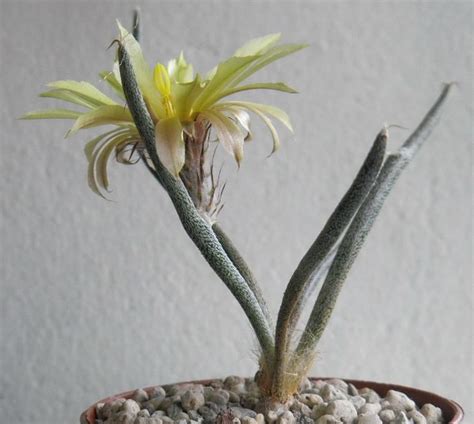
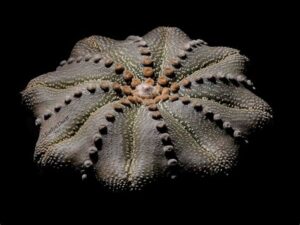
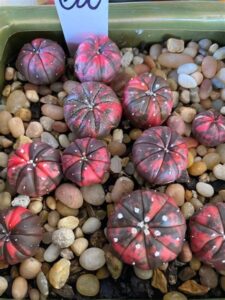
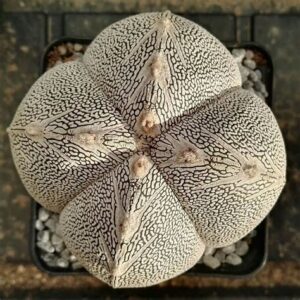
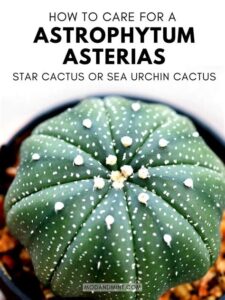
Leave a Comment